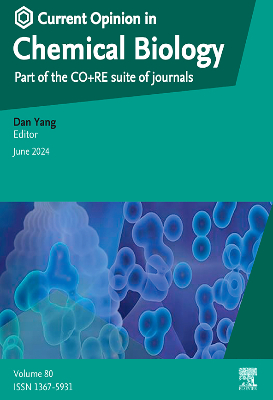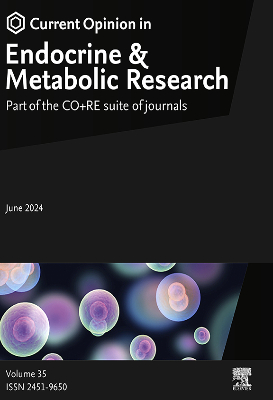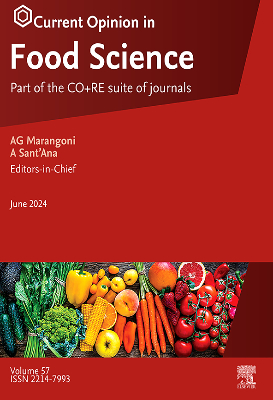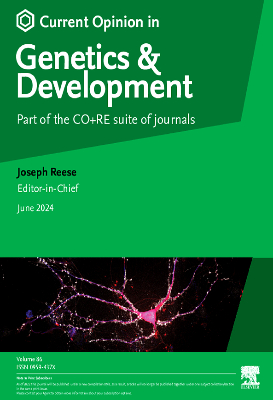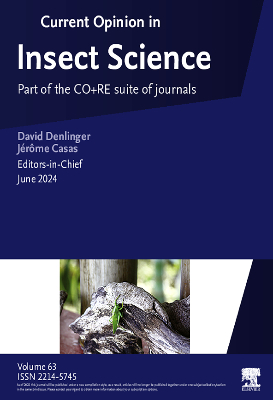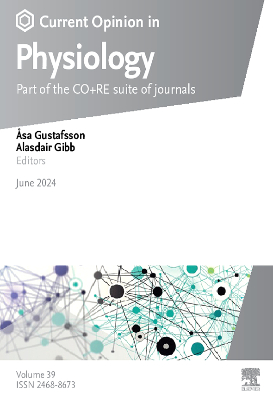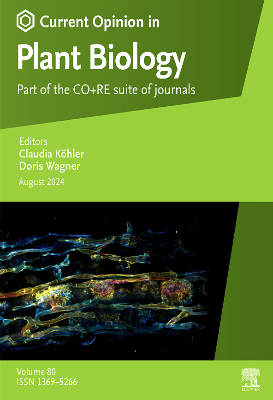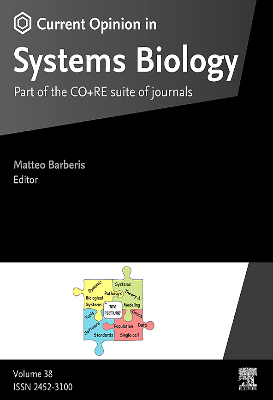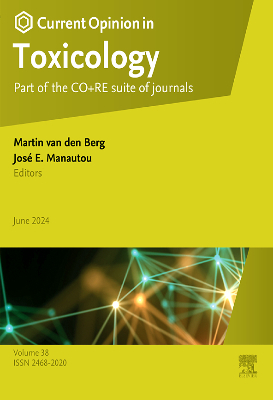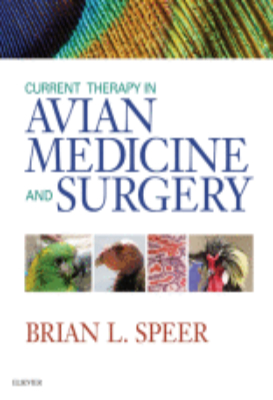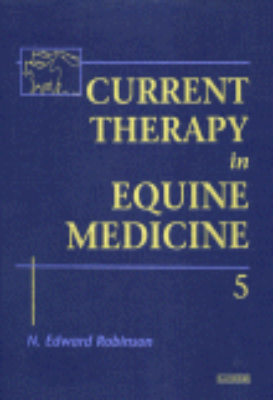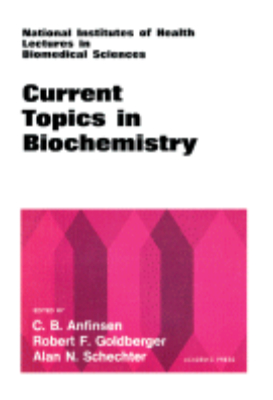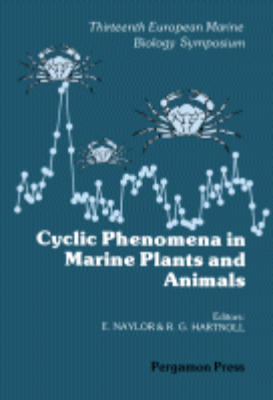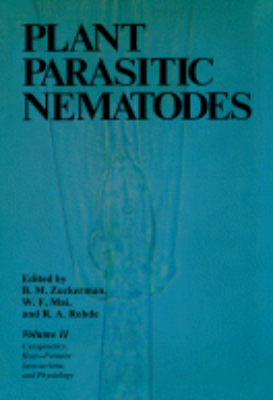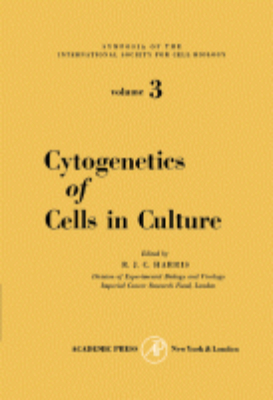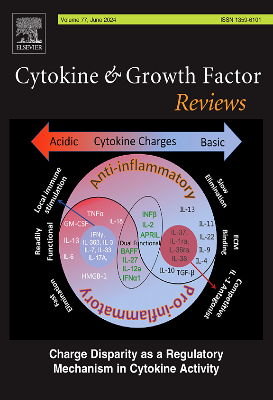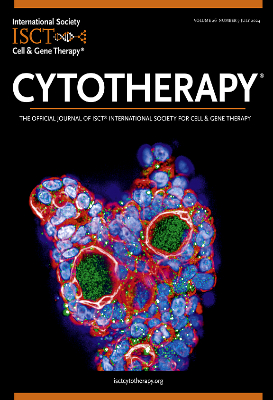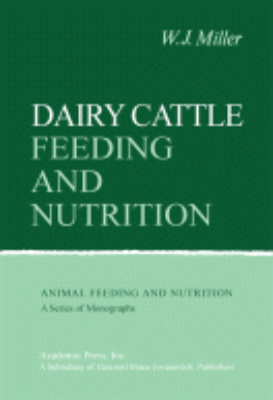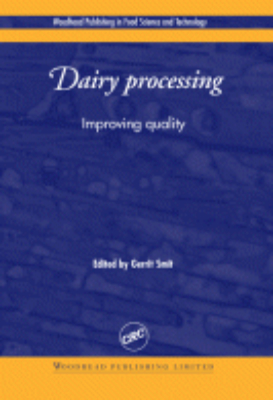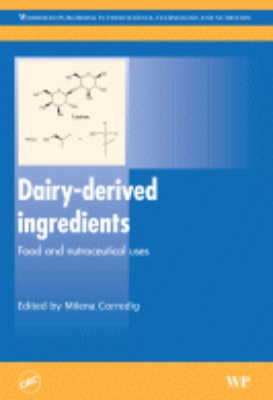E-Resources
Current Therapy in Avian Medicine and Surgery
A current and cutting-edge reference, Current Therapy in Avian Medicine and Surgery takes the popular Current Therapy approach in providing succinct and clear information pertinent to the medical care of avian species. Most chapters include an up-to-date delivery of the current state of knowledge on their subject material, and provide practical approaches and thought processes applicable to diagnosis and therapy where appropriate. Information is always easy to find, with topics including the latest advances in internal medicine; behavioral medicine; anesthesia, analgesia, and surgery. Sections dedicated to welfare, conservation, and practice risk management explore important, but less commonly discussed aspects of avian practice; and the pattern recognition portion of the text offers readers a view of what companion bird conditions are likely to be seen in practice in different parts of the world. Written by a team of highly regarded contributors from around the world, this text helps readers, regardless of location and current knowledge, develop and augment skills in the medical and surgical care of avian species.
Current Therapy in Equine Medicine
The latest expanded volume of the "gold standard" in equine medicine offers detailed guidance on the most up-to-date diagnostic methods, treatments, and preventive measures for both common and rare diseases of the horse. It features a systems approach, focusing on problems associated with each body system, with additional chapters on toxicology, nutrition, immunizations, and drug classes. New sections in this edition discuss clinical pharmacology and infectious diseases, and many new topics have been added to all sections, making it more comprehensive than ever. Internationally recognized editors and contributors present cutting edge information and authoritative perspectives.
Current Therapy in Equine Reproduction
Offering the most current insights on horse breeding, this book covers the entire reproductive system, normal and abnormal mare physiology, and a wide range of reproductive problems commonly seen in both the mare and stallion. Coverage includes advanced reproductive techniques, with numerous breeding strategies to help you achieve optimal fertility rates.
Current Therapy in Large Animal Theriogenology
An essential resource for both students and practitioners, this comprehensive text provides practical, up-to-date information about normal reproduction and reproductive disorders in horses, cattle, small ruminants, swine, llamas, and other livestock. Featuring contributions from experts in the field, each section is devoted to a different large animal species and begins with a review of the clinically relevant aspects of the reproductive anatomy and physiology of both males and females. Key topics include the evaluation of breeding soundness, pregnancy diagnosis, diagnosis and treatment of infertility, abortion, obstetrics, surgery of the reproductive tract, care of neonates, and the latest reproductive technology.
Current Topics in Biochemistry
National Institutes of Health Lectures in Biomedical Sciences: Current Topics in Biochemistry is based on a series of lectures dealing with current topics in biochemistry and more biologically or medically oriented topics. These lectures were organized for the benefit of young physicians who had just finished their clinical training but were several years out-of-date with respect to basic scientific research. The lecturers were asked, therefore, to present not only their own contributions to the field but also a broad review of recent developments in a large area of science. The lectures were surprisingly well attended not only by the associates for whom they had originally been designed but also by a large fraction of the NIH research community, specialists and nonspecialists alike. The lectures in this volume cover the following topics: genetic control of lipid metabolism; mammalian RNA-containing tumor viruses; current directions in research on cyclic AMP; the chemistry and biology of collagen; properties of the protein complex of striated muscle involved in the contractile process; cell surface receptor sites; and membrane structure and function.
Current Topics in Biochemistry 1973
Current Topics in Biochemistry 1973 is based on a series of lectures held at the National Institutes of Health dealing with biochemistry. This group of lectures is the most recent in a program, which was established in the mid-1960s, to review various research fields for the scientific community at the Institutes. The topics for these series were chosen to emphasize active fields of general interest for a diverse audience of scientists. The speakers were therefore encouraged to present an overview of their fields rather than a detailed discussion of current research problems. The lectures in present collection cover the following topics: the problem of predicting the conformation of a protein from a knowledge of its amino acid sequence; studies on the structure of glutamic dehydrogenase; immunologic approaches to the study of proteins; the NIH shift and its implications for the mechanism of biological oxidations; separation of transcribable and repressed chromatin; gene expression in animal cells; and plasma lipoproteins and apolipoproteins.
Cyclic Phenomena in Marine Plants and Animals
Cyclic Phenomena in Marine Plants and Animals covers the proceedings of the 13th European Marine Biology Symposium. The title presents papers that tackle the cyclical biological processes in population ecology, developmental biology, metabolism, and the behavior of marine organisms. The text first covers topics about the population cycles of flora and fauna. Next, the selection details the rhythmic aspects of reproduction and growth, and then proceeds to discussing the cyclical aspects of production and metabolism. The text also deals with the rhythmic behavior and its control by environmental and physiological factors. The book will be of great use to students, researchers, and practitioners of marine biology and ecology.
Cytogenetics Host-Parasite Interactions and Physiology
Plant Parasitic Nematodes, Volume II: Cytogenetics, Host-Parasite Interactions, and Physiology is a masterful reference work in nematology that includes information in ultrastructure, enzymology, and chemistry of body composition; culturing; virus transmission; biological races; and nature of plant resistance. This volume provides information about plant parasitic nematode genetics and cytology. It first explains the history and the advances in nematology, and then discusses the more specific topics about the biological processes involving nematodes. The discussions on host-parasite interactions, biochemistry, and physiology follow these topics. This book also presents useful information regarding free-living and animal parasitic nematodes. This treatise is written to provide an up-to-date reference source for students, lecturers, and research professionals in plant parasitology, specifically nematology, and related fields.
Cytogenetics of Aneuploids
Cytogenetics of Aneuploids deals with the cytogenetic aspects of aneuploidy in plants, emphasizing the trisomics, monosomics, and nullisomics and cytogenetics of substitution lines as well as alien additions and substitutions. An account of aneuploidy in animals and man is also given. This volume is organized into 12 chapters and begins with an overview of terminology and chromosomal formulas, along with a brief history of the cytogenetics of aneuploids as a field of enquiry. The next chapters review the entire literature on trisomics, their sources, cytology, transmission rates, genetics, morphology, anatomy, physiology, and biochemistry. The discussion then shifts to monosomics and nullisomics, including their sources and cytology as well as breeding behavior, morphology, and genetic studies. Other uses of monosomics and nullisomics are considered. The following chapters deal with intervarietal substitutions and alien additions and substitutions, emphasizing different methods of producing substitution lines and their utility in genetic analysis and practical plant breeding programs. The book concludes by describing special features of aneuploidy in animals and highlighting specific cases of aneuploidy in the animal kingdom. This book will be of interest to plant breeders and geneticists.
Cytogenetics of Cells in Culture: 1964
Cytogenetics of Cells in Culture is a compendium of papers that deals with techniques to detect patterns of DNA replication, cellular control mechanisms, and chromosome analyses with automated instrumentation. Some papers discuss the effects of cell hybridization and of noxious substances such as radiation, chemical agents, and viruses on chromosomal patterns. Other papers focus on the influence of altered chromosomal complement on the survival of cells to long-term tissue culture or to ionizing radiation treatment. A couple of papers points out that naturally occurring chromosomal abnormalities in mammalian populations are relatively rare and are not necessarily associated with physical defects or disease. One paper notes that chromosomes in cells with different functions have different patterns of replication in which the changes are small and hidden. The chromosomes will usually be neutralized showing little of the characteristic pattern of replication or condensation during the early cleavage stages, that will later change into differentiated characteristic ways for each tissue type. Another paper describes chromosome breakage associated with viruses and DNA inhibitors. The compendium can prove beneficial for biochemists, micro-biologists, cellular researchers, and academicians involved in the study of cellular biology or physiology.
Cytogenetics of Cells in Culture: Volume 3 1964
Cytogenetics of Cells in Culture is a compendium of papers that deals with techniques to detect patterns of DNA replication, cellular control mechanisms, and chromosome analyses with automated instrumentation. Some papers discuss the effects of cell hybridization and of noxious substances such as radiation, chemical agents, and viruses on chromosomal patterns. Other papers focus on the influence of altered chromosomal complement on the survival of cells to long-term tissue culture or to ionizing radiation treatment. A couple of papers points out that naturally occurring chromosomal abnormalities in mammalian populations are relatively rare and are not necessarily associated with physical defects or disease. One paper notes that chromosomes in cells with different functions have different patterns of replication in which the changes are small and hidden. The chromosomes will usually be neutralized showing little of the characteristic pattern of replication or condensation during the early cleavage stages, that will later change into differentiated characteristic ways for each tissue type. Another paper describes chromosome breakage associated with viruses and DNA inhibitors. The compendium can prove beneficial for biochemists, micro-biologists, cellular researchers, and academicians involved in the study of cellular biology or physiology.
Dairy Processing
The dairy sector continues to be at the forefront of innovation in food processing. With its distinguished editor and international team of contributors, Dairy processing: improving quality reviews key developments and their impact on product safety and quality.The first two chapters of part one provide a foundation for the rest of the book, summarising the latest research on the constituents of milk and reviewing how agricultural practice influences the quality of raw milk. This is followed by three chapters on key aspects of safety: good hygienic practice, improvements in pasteurisation and sterilisation, and the use of modelling to assess the effectiveness of pasteurisation. A final sequence of chapters in part one discuss aspects of product quality, from flavour, texture, shelf-life and authenticity to the increasingly important area of functional dairy products. Part two reviews some of the major technological advances in the sector. The first two chapters discuss developments in on-line control of process efficiency and product quality. They are followed by chapters on new technologies to improve qualities such as shelf-life, including high pressure processing, drying and the production of powdered dairy products, and the use of dissolved carbon dioxide to extend the shelf-life of milk. Part three looks in more detail at key advances in cheese manufacture.Dairy processing: improving quality is a standard reference for the dairy industry in improving process efficiency and product quality.
Dairy-Derived Ingredients
Advances in technologies for the extraction and modification of valuable milk components have opened up new opportunities for the food and nutraceutical industries. New applications for dairy ingredients are also being found. Dairy-derived ingredients reviews the latest research in these dynamic areas.Part one covers modern approaches to the separation of dairy components and manufacture of dairy ingredients. Part two focuses on the significant area of the biological functionality of dairy components and their nutraceutical applications, with chapters on milk oligosaccharides, lactoferrin and the role of dairy in food intake and metabolic regulation, among other topics. The final part of the book surveys the technological functionality of dairy components and their applications in food and non-food products. Dairy ingredients and food flavour, applications in emulsions, nanoemulsions and nanoencapsulation, and value-added ingredients from lactose are among the topics covered.With its distinguished editor and international team of contributors, Dairy-derived ingredients is an essential guide to new developments for the dairy and nutraceutical industries, as well as researchers in these fields.
Data Analysis in Biochemistry and Biophysics
Data Analysis in Biochemistry and Biophysics describes the techniques how to derive the most amount of quantitative and statistical information from data gathered in enzyme kinetics, protein-ligand equilibria, optical rotatory dispersion, chemical relaxation methods. This book focuses on the determination and analysis of parameters in different models that are used in biochemistry, biophysics, and molecular biology. The Michaelis-Menten equation can explain the process to obtain the maximum amount of information by determining the parameters of the model. This text also explains the fundamentals present in hypothesis testing, and the equation that represents the statistical aspects of a linear model occurring frequently in this field of testing. This book also analyzes the ultraviolet spectra of nucleic acids, particularly, to establish the composition of melting regions of nucleic acids. The investigator can use the matrix rank analysis to determine the spectra to substantiate systems whose functions are not known. This text also explains flow techniques and relaxation methods associated with rapid reactions to determine transient kinetic parameters. This book is suitable for molecular biologists, biophysicists, physiologists, biochemists, bio- mathematicians, statisticians, computer programmers, and investigators involved in related sciences

